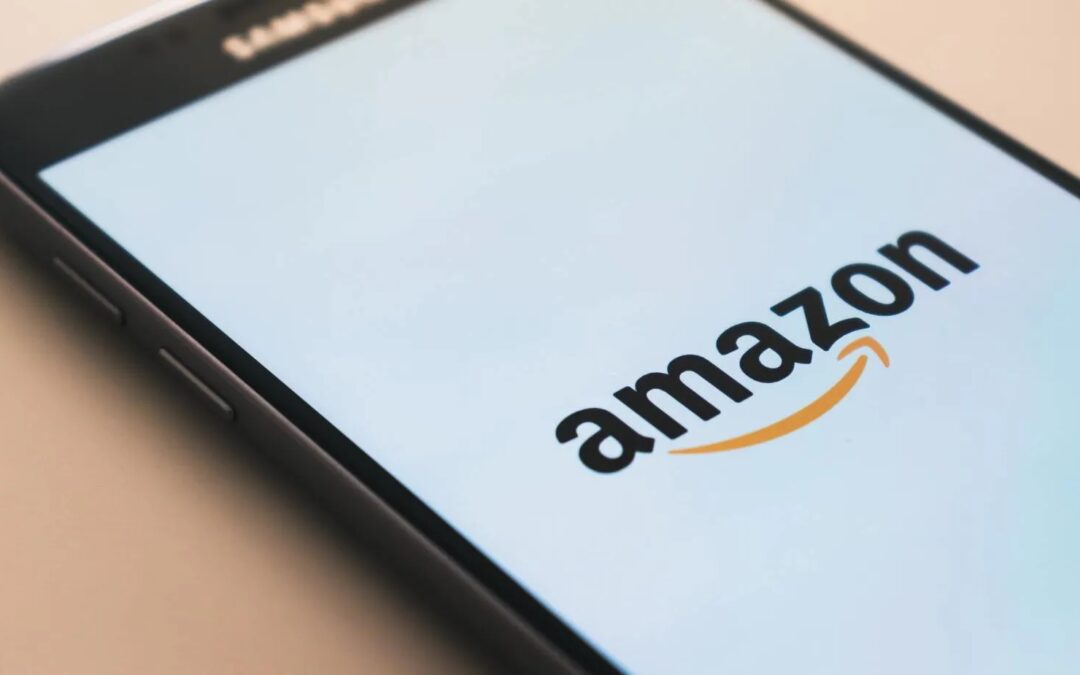Thinking about selling your product on Amazon?
After all, Amazon is the leading eCommerce retail company in the United States. By 2021, it will hold around half of the online retail market share. Most of your competitors, while also selling on their own website and platforms like Instagram, will also have items on Amazon.
In other words, the competition is tight. One way to stand out is to keep up with Amazon’s strict standards. This includes following the Amazon barcode requirements.
This should be a part of your strategy if you’re an online retail business that wants an effective product label. For you to thrive in this business, it’s necessary to set up an effective account.
Not sure where to start? Read on to know more!
1. Know What the UPC Code Is
You might be asking, “what’s a UPC code?” The short answer is that it’s a barcode used all over the world to help watch over products in stores. The Universal Product Code (UPC) has two different kinds: Type A and Type E.
The main difference between the two is the number of digits used. The first one has 11 digits, while the latter only has six. Out of the two, most stores use the Type A barcode for their business.
UPC codes work by having a machine-readable bar symbol as well as a human-readable 12-digit UPC number. In simple terms, the UPC code of an item is unique. Every size or repackaging of a single product needs its own UPC code.
2. Know the UPC Code’s Use on Amazon
All listings on the Amazon website have their own UPCs or EANs assigned to each. Amazon’s system converts all these UPCs into their own internal SKU system. This system is known as the Amazon Standard Identification Number (ASIN).
If you’re selling a product on this platform, you need to give it a unique UPC. This applies to each unique item you sell. When you create a listing, this is the last required field you need to fill in.
3. Know the Barcode Requirements
When you print your Amazon barcodes, make sure they follow certain requirements. The labels should have enough white space around the barcode and text. The recommended value is 0.25″ on the sides and 0.125″ on the top and bottom.
After that, you need to make sure that the ASIN or SKU is legible. Include the product name and its condition. This helps ensure that your buyers know what they’re paying for.
If you make your own products, you might want to print barcodes to the packaging. In that case, Amazon needs you to file for a GS1 standard UPC barcode. Take note that you also need to meet the other requirements too.
4. Know the Label Placement Requirements
As soon as you’re ready, you can affix the barcodes to the products you sell. Remember to put the correct barcode on each unique item. Cover up all the other visible barcodes except for the ones with serial numbers.
If you’re using any prep materials, make sure the barcode is outside. You may not place it on a curve or corner of the package. Make sure that there’s a 0.25″ allowance between the edge of the label and the edge of the packaging.
Don’t forget to place the Amazon barcode on each item in a case pack. Remove any other barcodes on the case. If you don’t, you’ll end up getting processing delays and receive penalties.
5. Apply the Labels for Your Product
There are a lot of places you can buy UPC codes for Amazon. Just make sure you don’t overpay for these labels. As soon as you finish your listing, the company will prompt you to print its barcodes.
If it doesn’t give you the prompt, you need to sign into Seller Central. Select the Manage FBA Inventory option and click on the products you want to print barcodes for. Next, scroll up and select Print Item Labels from the drop-down menu.
The labels have a format that allows you to print around 30 labels on a single standard sheet of paper. It’s okay to use any kind of standard paper. Make sure that your printer has a decent quality so the label looks legible.
Amazon suggests using thermal printers to get the best results. If you’re using laser printers, they will generate a PDF version of the labels. This allows you to print it with the use of the standard label paper.
6. Know the Common Inventory Label Problems
Once you start selling products on Amazon, you might encounter some problems. Most of these relate to the product labels in your shipping queue. The most common problem is when a barcode goes missing.
Another common issue is when the item has the wrong label. There are times when you put the incorrect barcode on a product. When this happens, the system will know that it doesn’t match the physical product in the package.
The barcode might also get smudged or smeared. That makes it unreadable and may cause you problems. Also, improper barcode placement makes it impossible to scan, so keep that in mind.
Pay attention to how you prepare your product packaging. It’s possible that your item arrives – and the system detects labeling, packaging, or shipping requirement errors.
Learn the Amazon Barcode Requirements Today
Amazon has a lot of requirements for sellers.
From legitimacy to packaging, the company has a set of stringent policies to ensure their continued market domination. Considering these aspects, it’s important that you follow the Amazon barcode requirements.
There are many places where you can buy UPC codes for Amazon. Some even sell them in bulk. Research your options to ensure you don’t overpay for these labels.
Don’t hesitate to get the best option for your company. If you need help with your UPCs, contact us today. We have the right expertise and experience to help you get started towards the path of retail success!

Recent Comments